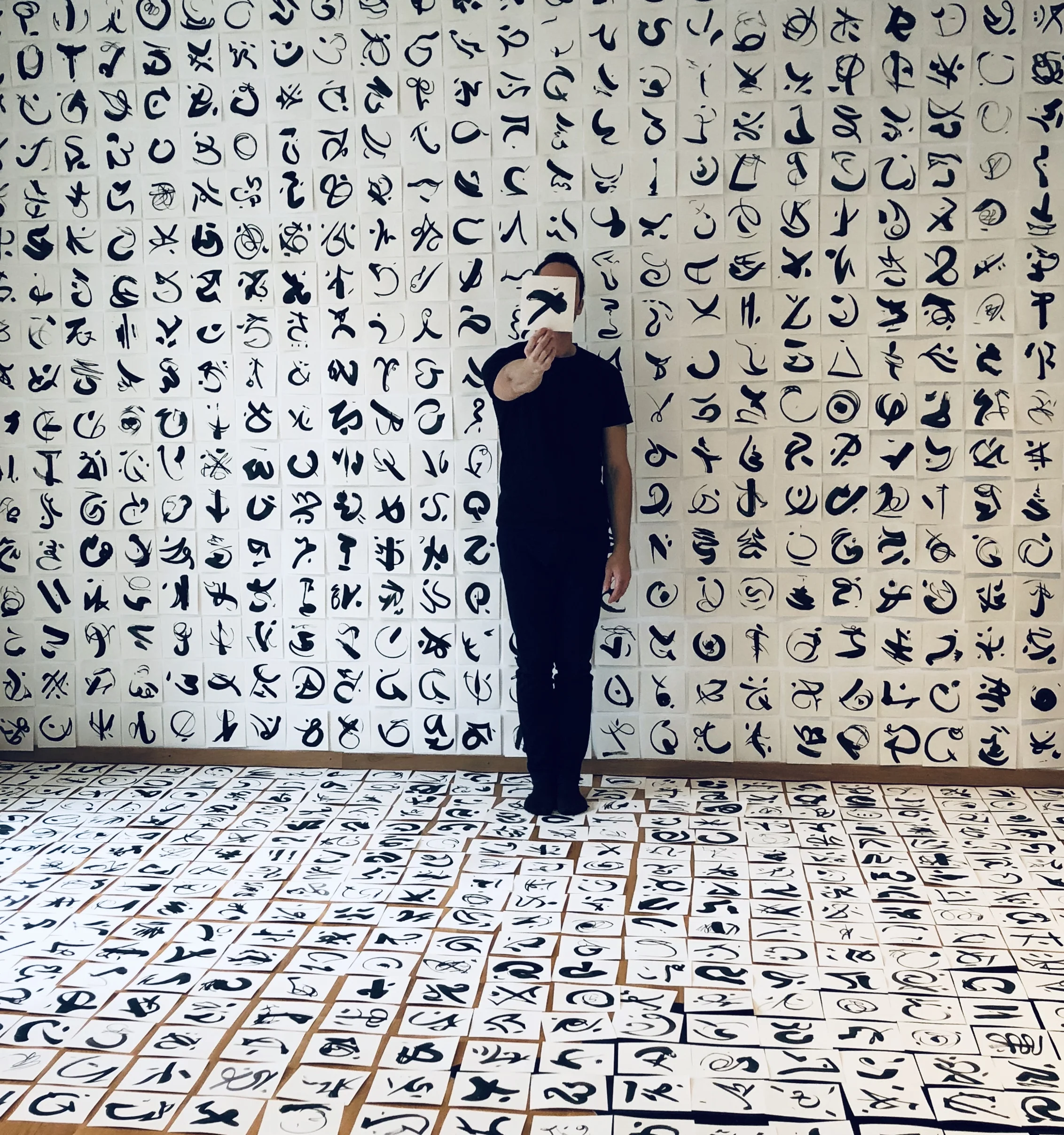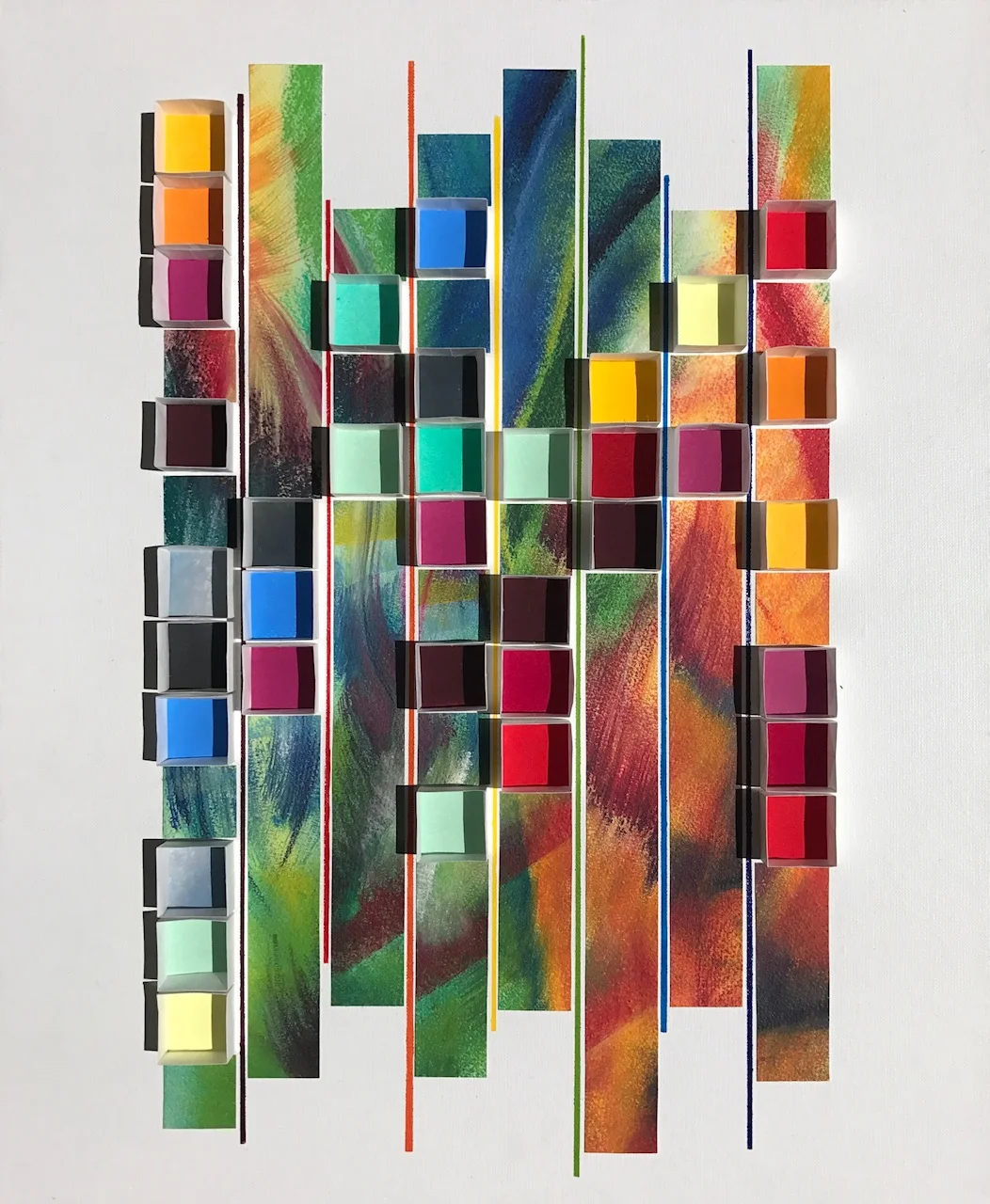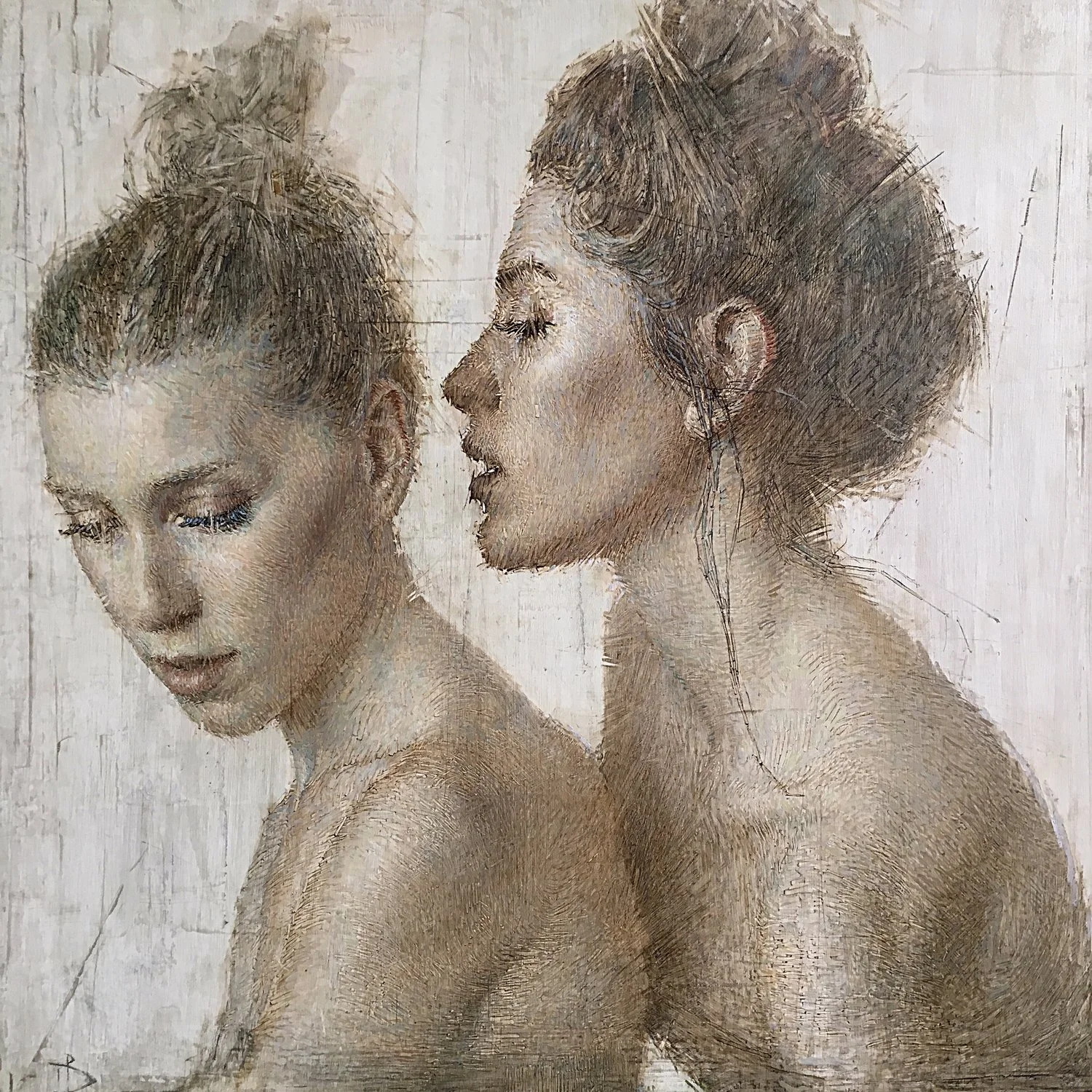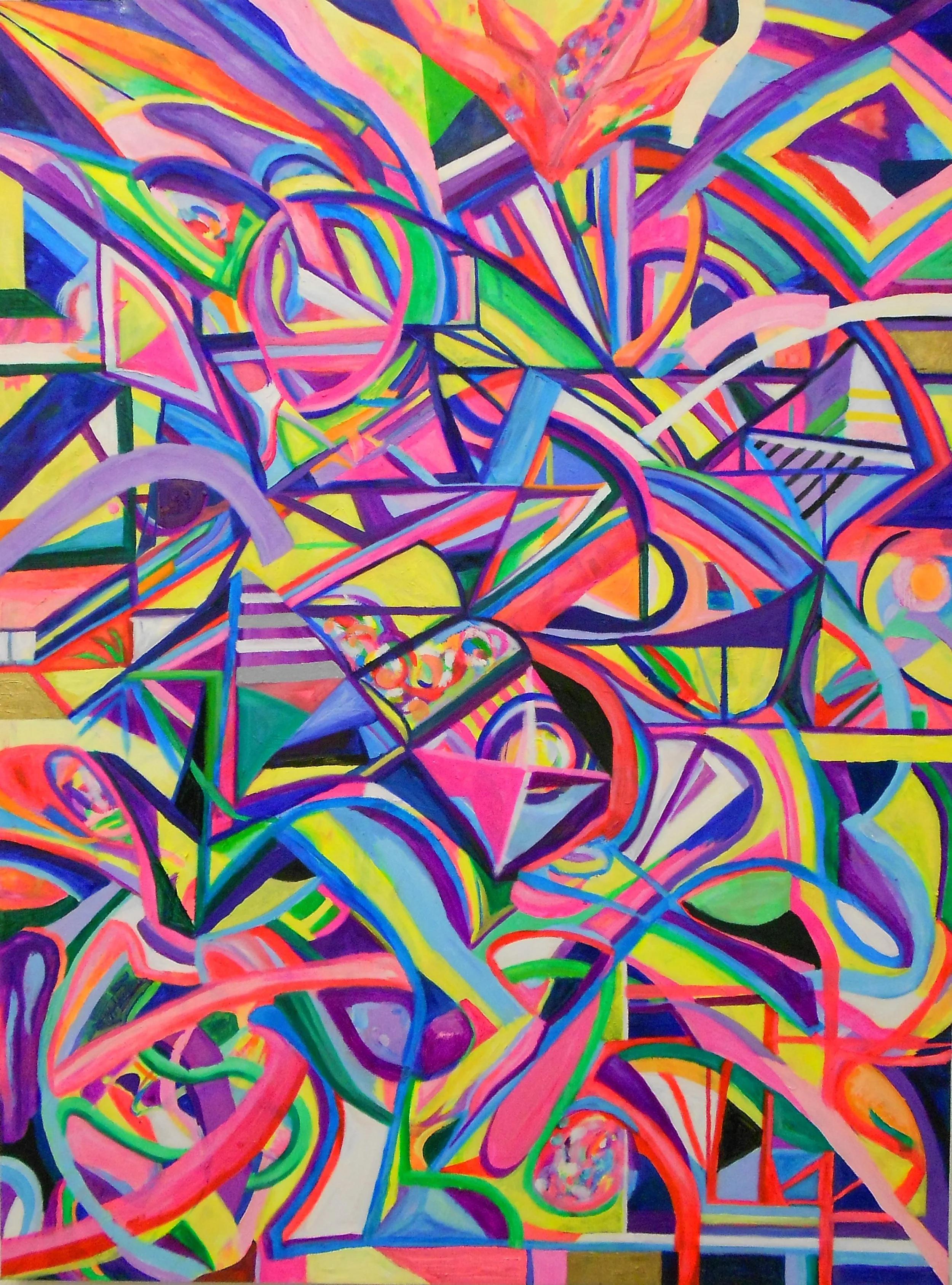Could you please introduce yourself and tell us how you started in the arts? and your first experience in art making?
Art was always part of myself. It was a way to express and communicate with the world without words. For me, is my artistic sensibility related to some life situation that I went trough my young age. It was my way to connect and understand the world.




















